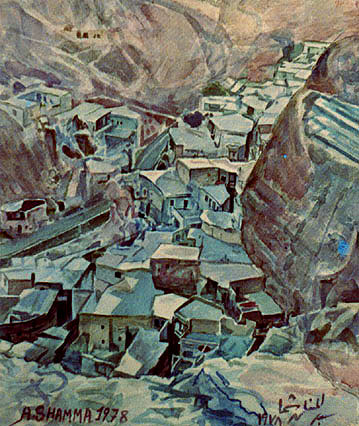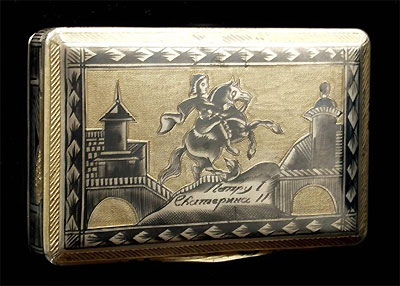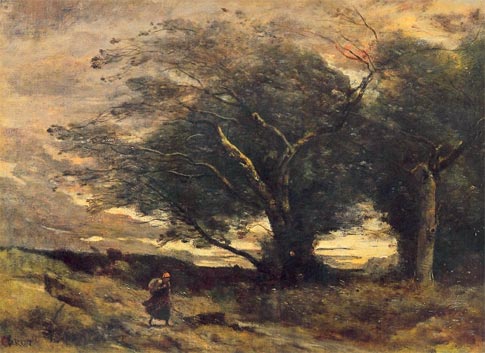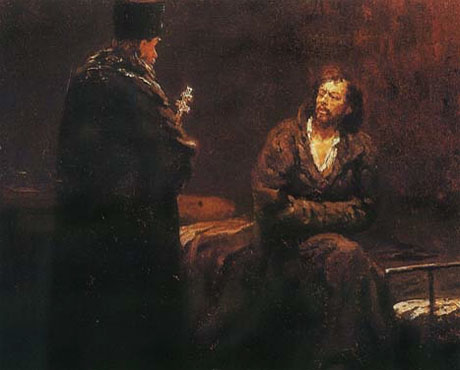Ordinary Magic Glass
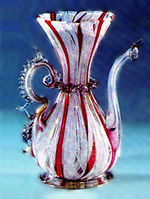 The expression “Venetian glass” has become a household word. It is used in the appreciation of the artistic merit of glass. And it is not by chance that the largest museums of the world are proud of the works of the nameless glassmakers of Venice, along with the paintings of famous painters – their contemporaries: Titian, Carpaccio, Veronese, Giorgione. Particularly remarkable are the products of the XVI century – the truly “golden age” of Venetian glass. They all the more benefit when compared with the European glass of the preceding one and a half millennia: thick-walled, dull-green bottles, rough goblets in the form of a horn or a stalk with unwise ornaments.The only exception was the colored glass of Byzantium, which came to us in mosaics, and the products of masters of Kievan Rus, who were the first in the world to know how to make lead crystal 500 years before it was received in England.
The expression “Venetian glass” has become a household word. It is used in the appreciation of the artistic merit of glass. And it is not by chance that the largest museums of the world are proud of the works of the nameless glassmakers of Venice, along with the paintings of famous painters – their contemporaries: Titian, Carpaccio, Veronese, Giorgione. Particularly remarkable are the products of the XVI century – the truly “golden age” of Venetian glass. They all the more benefit when compared with the European glass of the preceding one and a half millennia: thick-walled, dull-green bottles, rough goblets in the form of a horn or a stalk with unwise ornaments.The only exception was the colored glass of Byzantium, which came to us in mosaics, and the products of masters of Kievan Rus, who were the first in the world to know how to make lead crystal 500 years before it was received in England.
The crusades that swept across Europe turned out to be a boon to Venice, a rich, mercantile republic located in their way. Practical and active its inhabitants carried out transportation and supply of troops. They got and the lion’s share of production. Among the captured artistic treasures are Byzantine glass bowls and cups, which are still kept in the Cathedral of St. Mark. These products may have served as a role model for Venetian masters. And the Byzantines themselves, brought to the republic as a kind of live “trophy” in 1204, after the crusaders defeated Constantinople, are considered one of the founders of glassmaking. The rapid rise of the art of Venetian glass began in the XIII century, when artisans formed a “guild” – a kind of industrial and creative union. In 1268, they staged the world’s first exhibition of glass. The townspeople marveled at their art: colorful beads, decanters, bottles.
The government of the Republic of Venice appreciated the success of the guild in its own way. It not only prohibited the masters from traveling outside of Venice, but also did not allow to sell even broken glass, which until then was readily bought by neighboring states, seeking to establish their own production. In 1291, it was ordered: to destroy all glass furnaces in other Italian cities, which were then under the authority of Venice, and transfer furnaces from Venice two kilometers from the city, on Murano Island, under the pretext of fire safety. In essence, it was a diplomatic move that allows you to keep the priority and professional secrets of the glass craft. Such decrees turned for artists to imprisonment, albeit an honorable one: exorbitant fines were imposed on those who wanted to leave the island. The work of glassmakers brought Venice great incomes and world fame. Their products served as a precious object of Venetian trade.
By the 15th century, there were up to three hundred glass workshops in Murano, and artisans, together with their families, up to 25 thousand. This forced the republic’s government to award the “city of masters” with significant privileges. Murano Island received its own legislation, board, court. The most eminent names were granted nobility. But they were not slow to follow the repression. By the middle of the 15th century, decrees were issued forbidding the inhabitants of the island on pain of death and prison galleys to go to other lands. The glass was stained with blood when hired killers were sent in pursuit of the defectors, and the remaining family members were tortured and imprisoned. Echoes of cruel prohibitions were also felt in the 18th century, when on the streets of European capitals it happened that dead Venetian masters were found. But the austerity was powerless to tame the creative energy of glassmakers and their noble desire to share with other professional skills. They worked in many European countries, everywhere contributing to the birth and prosperity of glassmaking. So, the “Vinitsians” worked under the Moscow, at the Izmailovsky Plant, founded in 1668.
The art of Venetian masters caused delight and imitation. There are legends about him. Their works were so amazing that they were considered magical: they supposedly saved from poison and disease, all they had to do was to drain the precious cup of Venetian work. And thin experts sometimes bequeathed to put the most valuable objects of colored glass into their tombs, from where archaeologists took them. Thus, some of the early Venetian colored glass products painted with colored enamels and gold managed to reach us. Their author is believed to have been Angelo Baroviero (1424–1461). He performed the original “scaly” ornaments, including portraits, emblems and thematic picture images in a generous pattern. Basically, the work of artists remained anonymous.

